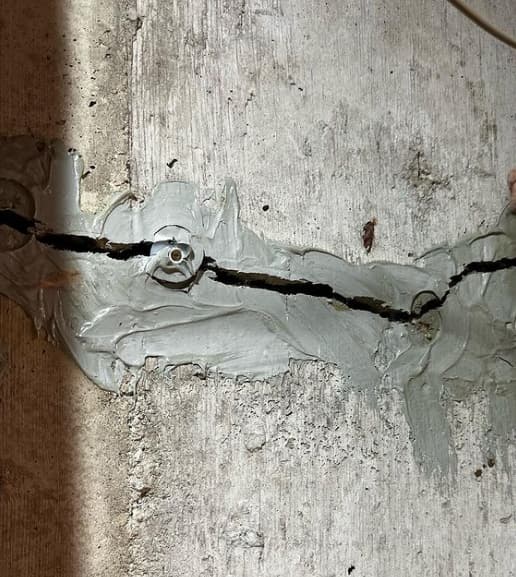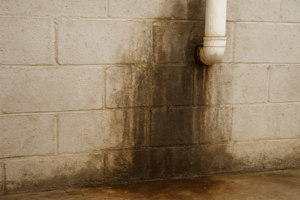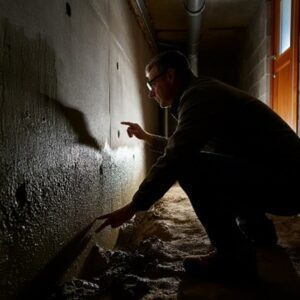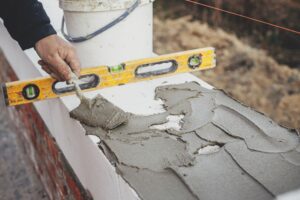Interior injection repair on concrete is a method of filling cracks in concrete foundations with epoxy or polyurethane. However, this method has several drawbacks that make it less effective, such as:
- It can only be used in dry cracks, as epoxy or polyurethane does not bond well with wet or damp concrete.
- It does not address the root cause of the crack, which may be due to structural movement, soil pressure, or water infiltration.
- It does not reinforce the weak zone around the crack, which may have hairline fractures that are hard to inject.
- It does not prevent new leaks from forming, as water seepage can create channels through the epoxy or polyurethane.
- It does not work well in freeze-and-thaw areas, below the water table, or with highly expansive soils.
While polyurethane injection may save money in the short term, it is not a permanent or reliable solution. A better, more cost-effective option is to apply a proper a structural repair that addresses the problem at hand and provides long term protection.

Here’s a worst-case example we recently came across:
A homeowner originally decided to go with a less intrusive and lower cost approach by choosing interior foundation wall injections. This decision will inevitably cost the customer almost double what it would have had the problem been addressed correctly in the first place. At first glance, it looked like the weeping tile had been plugged by sediment. Closer inspection revealed it had become completely plugged with excess urethane used in an injection repair, causing a blockage and subsequent failure.

In this case, heavy ground water saturation created an excessive amount of water along the exterior face of a homeowner’s foundation wall. The weeping tile failure resulted in excessive water buildup around the outside of the structure below ground level.
Homes in Edmonton are built on a very plastic clay soil mixture. Clay by its nature is hydrophilic, meaning it absorbs moisture and expands in the process. The more water in the clay, the more it expands, creating lateral pressure on the foundation it surrounds, and eventually causing a structural failure in the foundation wall.
To repair, we exposed the entire foundation wall to alleviate the pressure before fixing the crack and applying waterproofing fixes to regain structural integrity and preserve the life of the structure. In the process, we also removed and replaced all the damaged weeping tile after enlisting a structural engineer to design and sign off on the repair. At the end of the day, a proper foundation repair solution not only stopped the problem cold but preserved the life of the foundation. By doing it the right way, we can include a 25-year transferable warranty as on all our foundation work.
There are many products on the market. They aren’t all bad, however a single process cannot be used for every structural issue involving foundation cracks.




